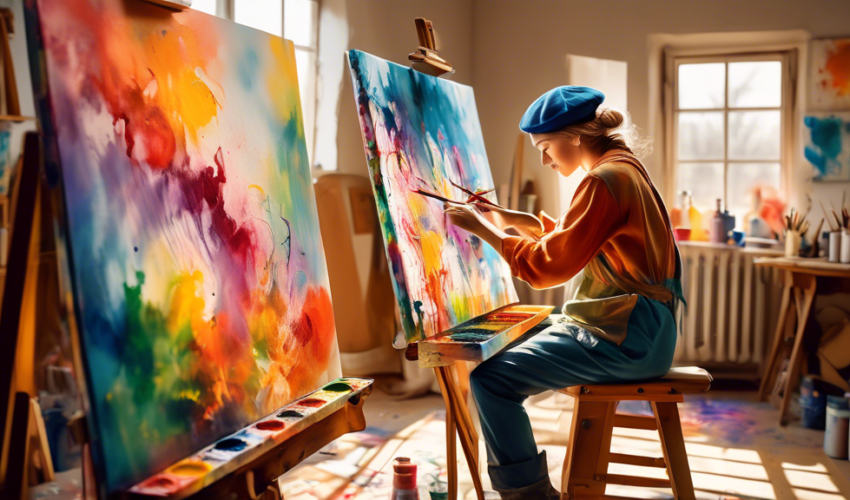Introduction to Professional Painting
Professional painting, whether it involves residential or commercial properties, interiors or exteriors, requires a unique blend of skill, patience, and attention to detail. Mastering the craft of painting not only improves the aesthetic of structures but also provides long-term protection against environmental elements. This guide will delve into essential techniques, tools, and tips to help anyone interested in enhancing their professional painting skills.
Understanding Painting Fundamentals
Types of Paint
There are primarily two types of paint used in professional settings: water-based (latex) and oil-based (alkyd). Water-based paints are popular due to their ease of use and quick drying times, while oil-based paints are favored for their durability and resistance to staining. Each type of paint has specific environments and surfaces where it performs best, and understanding these can significantly influence the quality of a painting job.
Surface Preparation
Proper surface preparation is crucial in achieving a high-quality finish. This process involves cleaning the surface to remove dirt, grease, and mildew, followed by scraping and sanding to smooth out any imperfections. In some cases, priming may be necessary to ensure good adhesion of paint to the surface and to block stains.
Tools of the Trade
Essential Painting Tools
Professional painters rely on a variety of tools to deliver precision and efficiency. These include:
- Brushes: Available in various sizes and bristles types, brushes are essential for detailed work around edges and corners.
- Rollers: Used to cover large areas quickly, rollers come in different naps and sizes for various textures and finishes.
- Sprayers: Paint sprayers offer an even and efficient application for larger or complex spaces, although they require more skill and preparation.
- Ladders and scaffolding: Necessary for reaching higher areas safely.
- Drop cloths and masking tape: Essential for protecting floors and ensuring clean, sharp lines between colors or at edges.
Choosing Quality Supplies
Investing in high-quality painting supplies can not only make the application easier but also improve the longevity of the paint job. High-quality brushes and rollers, for example, can provide a smoother finish and do not leave bristles or lint behind.
Advanced Techniques in Painting
Cutting In
Cutting in involves painting neat lines around edges, corners, and trim without the use of tape. This skill requires a steady hand and a good quality angled brush. Practice is essential to master cutting in, but it dramatically increases the speed and precision of a paint job.
Layering and Finishing
Understanding how to layer paint and which finish to choose for a particular project is crucial. Finishes can range from matte to high gloss, each providing a different level of durability and desired aesthetic. Multiple coats may be necessary to achieve an even, durable finish.
Maintenance and Safety
Ensuring Longevity
The longevity of a paint job does not only depend on the application technique but also on ongoing maintenance. Regularly cleaning painted surfaces and addressing any chips or cracks promptly can greatly extend the life of the paint.
Safety Practices
Safety is paramount in professional painting. Using non-toxic paints, wearing appropriate respirators, safety glasses, and gloves, and ensuring proper ventilation are all critical to protect health. Moreover, safe use of ladders and scaffolding is essential to prevent accidents.
Conclusion
Mastering the craft of professional painting takes time and experience. By understanding the fundamentals, choosing the right tools and materials, employing advanced techniques, and adhering to safety guidelines, painters can greatly enhance the quality and efficiency of their work. Continuous learning and adaptation to new products and techniques can also contribute to professional growth and success in the competitive field of painting.

